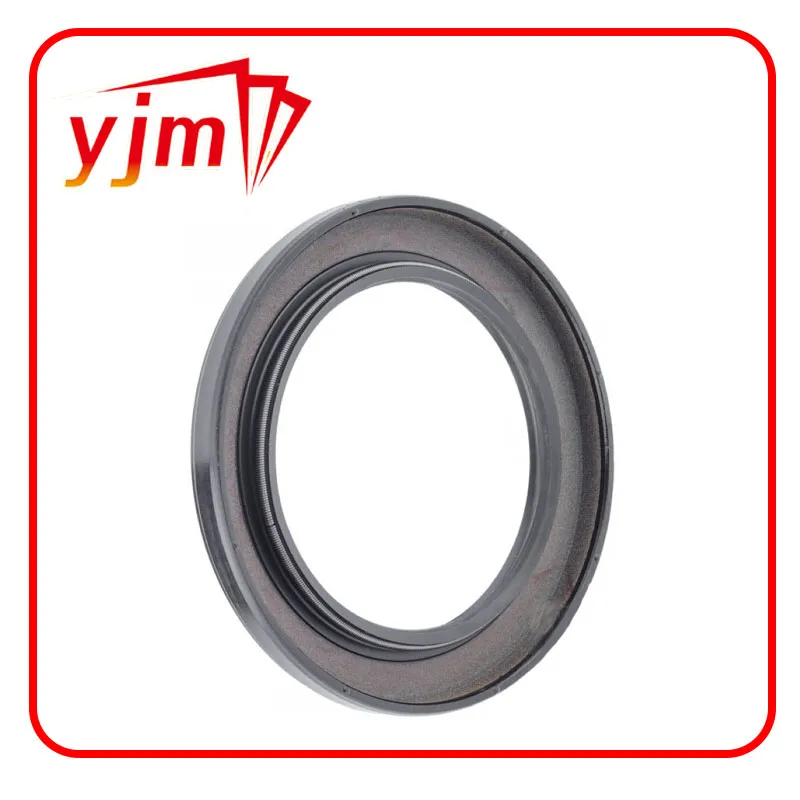Understanding Marine Shaft Bearings for Optimal Performance and Efficiency
Understanding Marine Shaft Bearings The Backbone of Marine Propulsion Systems
Marine shaft bearings are essential components in the maritime industry, playing a pivotal role in the performance and efficiency of marine propulsion systems. These bearings support the shaft that transmits power from the engine to the propeller, ensuring smooth and reliable operation. With the complexity of marine vessels and their operational environments, understanding the function, types, and maintenance of marine shaft bearings becomes crucial for ship operators and engineers alike.
Function of Marine Shaft Bearings
At their core, marine shaft bearings serve to minimize friction between the rotating shaft and the stationary hull of the vessel. Their primary functions include supporting the weight of the shaft, reducing rotational friction, absorbing radial and axial loads, and maintaining proper alignment within the system. By effectively managing these functions, marine shaft bearings contribute to smoother operations, greater fuel efficiency, and extended lifespan of the propulsion system.
Types of Marine Shaft Bearings
Marine shaft bearings can be categorized into several types, each designed for specific applications and conditions
.1. Self-Aligning Bearings These bearings accommodate misalignment between the shaft and the hull, which can occur due to structural deformations or operational stresses. 2. Sleeve Bearings Typically made of materials like bronze or polymer, sleeve bearings provide a low-friction surface for the shaft to rotate against. They are often found in smaller vessels and can be lubricated with oil or water.
3. Deep Groove Ball Bearings These bearings are widely used in various marine applications due to their ability to handle radial and axial loads. They are particularly prevalent in higher-speed applications.
marine shaft bearings

4. Roller Bearings Offering higher load capacity than traditional ball bearings, roller bearings are often employed in larger vessels where heavy loads are a concern.
5. Composite Bearings Increasingly popular in modern designs, these bearings combine materials like fiberglass and resin to create lightweight but durable solutions.
Maintenance and Challenges
Regular maintenance of marine shaft bearings is vital to ensure their longevity and operational efficiency. Operators need to monitor lubrication levels, inspect for wear and tear, and address any signs of overheating or unusual noise. Neglecting these practices can lead to catastrophic failures, resulting in costly repairs and downtime.
Challenges associated with marine shaft bearings include exposure to harsh marine environments, such as saltwater corrosion and marine growth. Moreover, the continuous operational demands placed on vessels can introduce fatigue into the bearing structures. Therefore, selecting the appropriate materials and designs, along with adhering to a robust maintenance schedule, is crucial in mitigating these risks.
Conclusion
Marine shaft bearings are integral to the functioning of marine propulsion systems, ensuring that vessels operate smoothly and efficiently. By understanding their roles, types, and maintenance requirements, ship operators can enhance the performance of their vessels while extending the lifespan of critical components. As technology advances and the maritime industry continues to evolve, ongoing innovation in bearing materials and designs will be pivotal in meeting the challenges of modern marine operations. Investing in high-quality shaft bearings and adhering to rigorous maintenance protocols will not only improve operational efficiency but also drive sustainability in the maritime sector.
-
Simplifying Oil Changes: A Comprehensive Guide to Oil Drain Plugs and Their Variants
News Aug.04,2025
-
Mastering Oil Drain Maintenance: Solutions for Stripped, Worn, and Upgraded Oil Plugs
News Aug.04,2025
-
Fixing Oil Pan Plug Issues: Leaks, Stripped Nuts, and the Right Replacement Solutions
News Aug.04,2025
-
Everything You Need to Know About Oil Drain Plugs: Sizes, Fixes, and Upgrades
News Aug.04,2025
-
Choosing the Right Oil Drain Plug: A Guide to Sizes, Materials, and Drain Innovations
News Aug.04,2025
-
A Complete Guide to Automotive Drain Plugs: Types, Problems, and Innovative Solutions
News Aug.04,2025
-
The Ultimate Guide to Car Repair Kits: Tools and Essentials Every Driver Should Own
News Aug.01,2025
Products categories















